Spain is a fascinating country, and produces some excellent, and very special, wines. I am studying for my Spanish Wine Scholar certification with the Wine Scholar Guild and all I can think about is…when am I going?
FYI: Want to do a little “armchair wine travel” with me? This Thursday, September 9, join me at COVE where we will try four Spanish wines paired with cheeses and other delicious goodies, all from Portsmouth’s family owned wine and cheese shop, South Street & Vine. . Click HERE for tickets.
I have not been to Spain yet, but I am already planning a trip there. We have been to the neighbors, Portugal and France, a few times, and love the wines, food, culture and landscape. I’m pretty sure I am going to love Spain just as much if not more. Here’s to Spain in 2022!
Until then. let me share with you some interesting facts about Spain and its amazing wines….
- Spain has been producing wine since the Phoenicians brought the vine to the Iberian peninsula 3,000 years ago. But did you know that during the Moorish occupation, from 711 to 1492, in many regions in Spain production of wine slowed? The invading Arabs and Berbers were Muslim and production of and consumption of wine under their rule was only for the conquered Christians. They grew grapes for consumption, especially for raisins for the soldiers.. Christian strongholds in the north continued to produce wine, which was an important part of the sacrament. Gradually all of Spain was reconquered and the Moors were expelled after nearly 800 years.
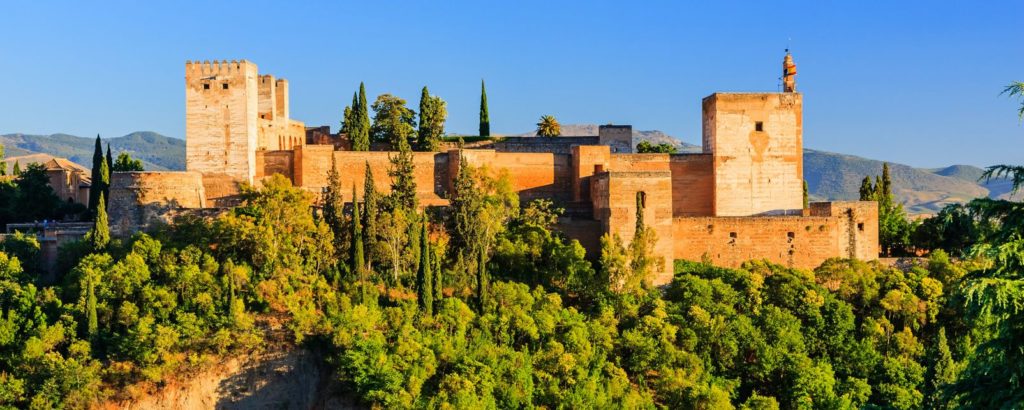
- After the reconquista, beginning in 1492, Spain began a huge exploration initiative in the New World. Spanish wine accompanied the sailors on their voyages, and wines were brought by missionaries to establish vineyards for wine for the mass.
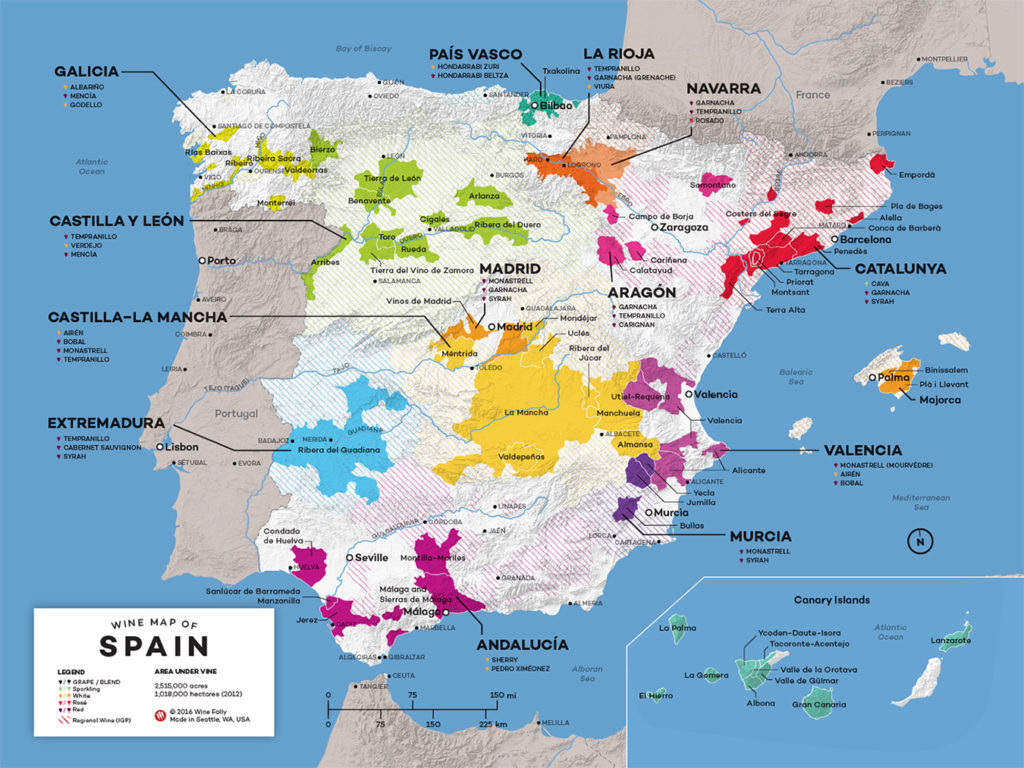
- For the last two decades, Spain has more land under vine than any other country. Quality wine is produced in all regions of Spain, each having its own grapes, often indigenous, and wine style.
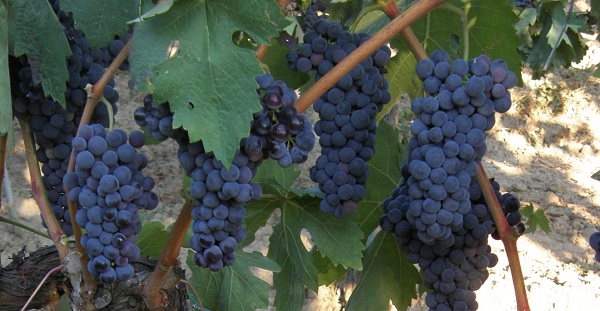
- Did you knw that although there are about 200 different varieties of grapes grown in Spain, 89% of Spain’s wines are produced from 20 varieties? Airen, a white grape, is the most widely planted, and most maligned grape. You probably never heard of it, and it is not something you would find on the wine shop shelf. Tempranillo, however, the most widely planted black grape, makes some amazing red wine. The name comes from the word “temprano” meaning early, sine it is an early budding AND early ripening grape. Must. Try. This. Wine.
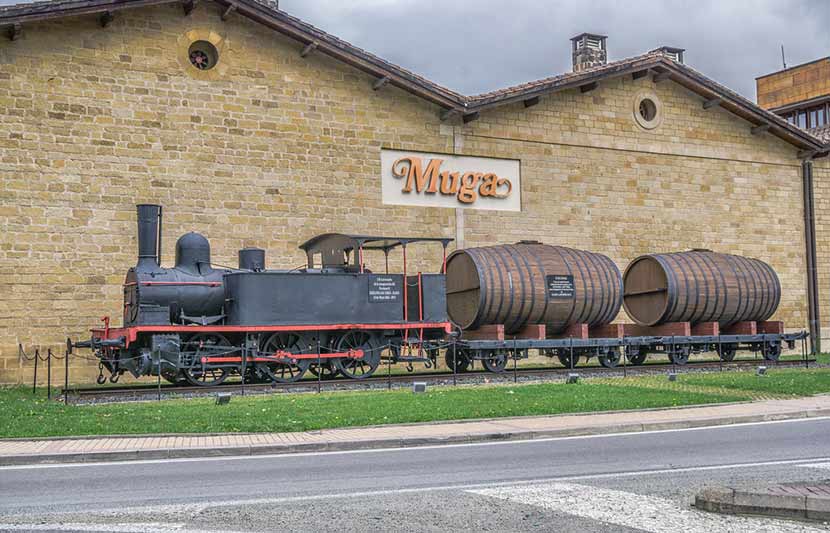
- When the railroad came to RIoja and linked Madrid, Bilbao and other northers areas, Rioja’s ability to export and transport wine to the domestic market expanded. The Marques de Murrieta had already spent a lot of time in Bordeaux, learning advanced techniques, about blends and use of oak, and other aspects that created the distinctive excellence of Rioja wines. In the late 1800s, phylloxera hit France and devastated the vineyards, French winemakers headed south to Spain to try to source grapes for the burgeoning domestic market. This brought investment, improved technology, influenced wine styles and expended the market for Spanish wines.

- Cava, a traditional method sparkling wine, was created in Catalunya after Josep Raventos y Fatjo visited Champagne in the 1860s and returned home inspired by this bubbly beverage. In 1872 he crafted Spain’s first sparkling wine. Not called Cava until nearly a century later, this wine is made from three indigenous grapes: Parellada, Xarel-lo and Macabeo.
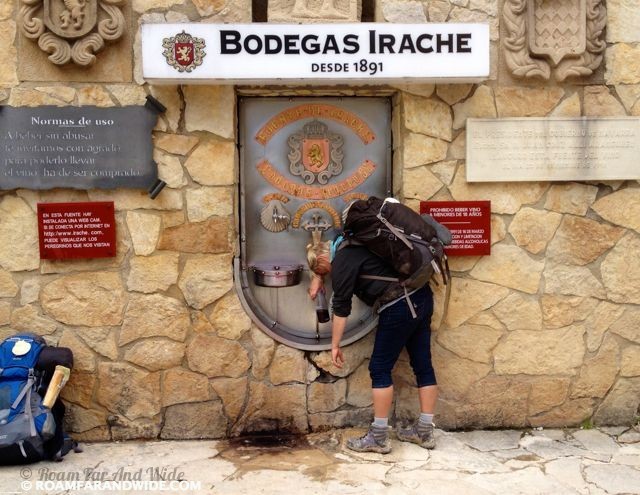
- I saved my favorite for last…there is an actual WINE FOUNTAIN at the Bodegas Irache in Navarra. Wine from this area supplied the royal houses of Navarra as well as the pilgrims making their way along the Camino de Santiago as far back as the 12th century. This historic wine fountain provides wine free of charge to pilgrims trekking along the Camino, which lies to the south and west of the vineyard.
I am planning on doing part of the Camino in 2022, a portion that runs from the French border through the wine regions of Navarra and Rioja. With any luck, next year I’ll be posting a photo from this exact location!
Until then, I will keep studying, reading about, and tasting Spanish wines.



